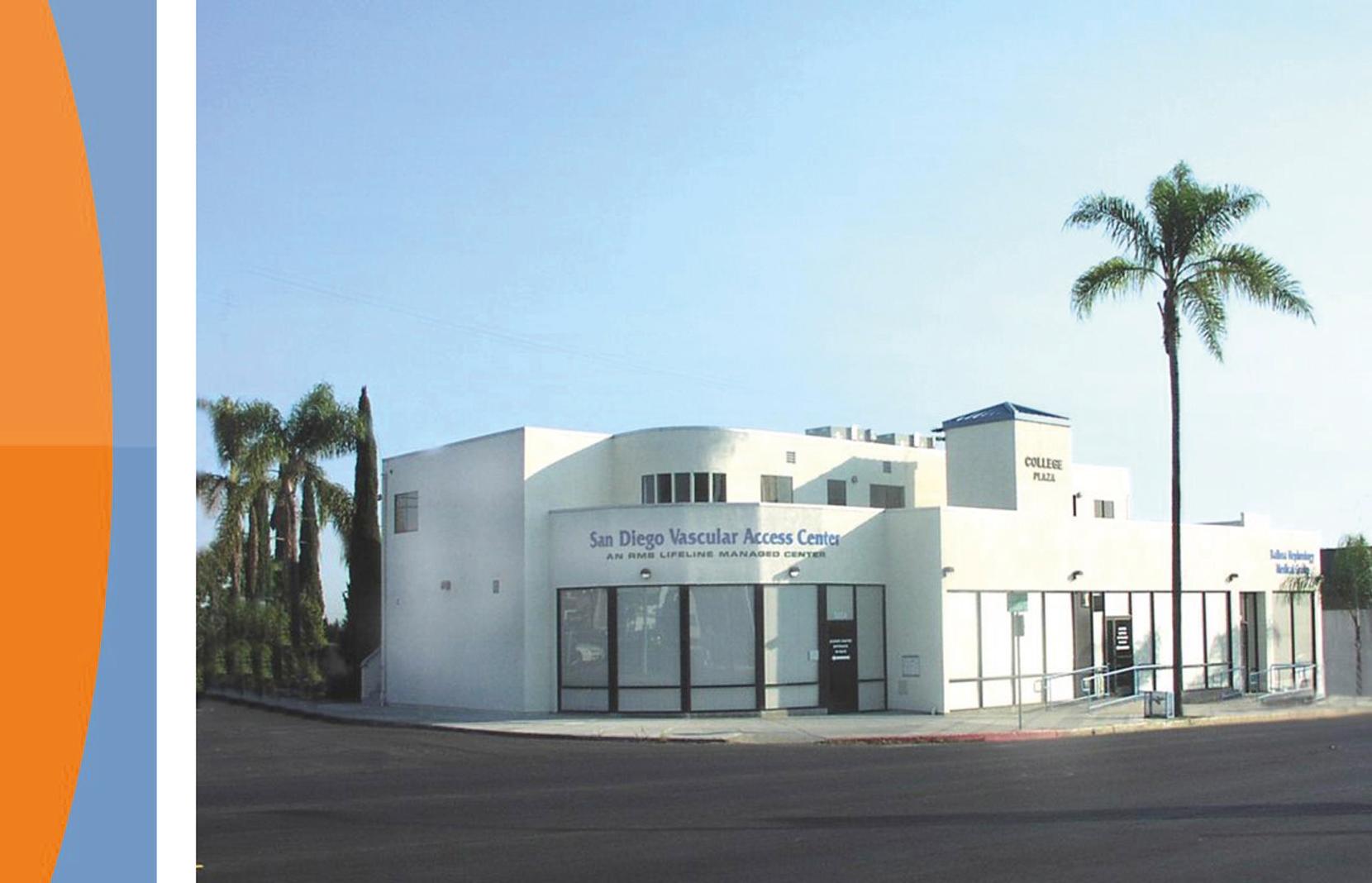Physical Address
304 North Cardinal St.
Dorchester Center, MA 02124
Hemodialysis is the perfect example of bioengineering being applied to medicine to preserve the life of the patient with an otherwise fatal disease. Unfortunately, the interface between the biomechanical mechanism in the patient, i.e., the vascular access, is defective. Problems related to the vascular access are a major cause of hospitalization of the dialysis patient, contribute approximately 20% of the cost of caring for these cases, and contribute significantly to their morbidity and mortality. Evidence-based dialysis vascular access planning, creation and problem management are critical in allowing the end-stage renal disease patient to realize their longevity potential. This process is being increasingly performed in outpatient dialysis access centers (DAC). In the past 20 years, dialysis access procedures have gradually shifted from a hospital-based, open surgical approach to endovascular treatment with approximately 50% of the cases being performed outside of the hospital setting.
The issues related to the establishment of planning, placement, and management of the dialysis access clinical structure include how, where, and who selects the renal replacement therapy (RRT) option including the dialysis type and modality, timing of access placement, and who places and maintains the dialysis access. The lack of, and the difficulty of performing, randomized studies with multiple confounding factors in the heterogeneous and rapidly changing ESRD population demographics only partly explains the dialysis access conundrum. In addition, there are rapidly developing and competing technologies, the wide spectrum of the professional experience, bias, and socioeconomic forces to make the ESRD problems multivariate and complex. The dialysis access conundrum is further magnified by the several specialties involved in providing dialysis access clinical care. Most would agree that a patient-centered dialysis access decision-making algorithm is desirable. The issue is not who places the access but who does it right, every time, to everyone, and everywhere. A related confounding factor is the widely different professional experience with which we make decisions about the best treatment of the patient. This makes the decision-making process complex and related not only to the skills and knowledge level of the practitioner, but also to his or her specialty.
The dialysis access center’s structure takes many forms ( ![]() ), summarized below:
), summarized below:
One physician office referral patterns likely affect treatment choices and outcomes. The Fistula First movement favored this setting. Ideally, physicians with limited resources have developed referral patterns to centers as needed to best serve the patient-centered algorithm concept.
Outpatient dialysis access center with capability to perform access repair, maintenance and replacement including vascular access procedures to maintain the current access. Since the graft option is not favored or used in appropriate patients; limitations are present but less significant than in the single provider situation. Ideally, these centers have developed collaborative arrangements with centers that offer new access creation.
The complete dialysis access center performs all dialysis access procedures (creation, maintenance, salvage and abandoning), including peritoneal dialysis. It is often hospital affiliated with available specialties (i.e., MRI, CT, ICU) as needed. The complete access center also acts as a referral for complicated cases. This center has dedicated technologists for ultrasound and radiology giving the ability to deliver all dialysis access needs in one visit setting. The complete dialysis access center also has teaching for nurses and technologists and hands-on simulation and clinical training programs for physicians with certifications issued ( Fig. 199.1 ).

Whether the DAC is structured as a stand-alone hospital-associated outpatient facility (Place of Service (POS) 22), an ambulatory surgical center (POS 24) or a physician office–based facility (POS 11), they share certain basic characteristics. It is located outside of the hospital, generally in a location convenient to dialysis facilities and the patient population being served. The DAC is a dedicated facility specifically designed, equipped, staffed, and operated for the management of the dialysis vascular access. Typically, these facilities work in close coordination with the dialysis community with strong engagement from the patients involved. Because the DAC is dealing with vascular access management in a relatively closed population, many of which require recurrent visits, a team approach is developed with close coordination between the physicians and staff of the facility and that of the dialysis clinics along with a personal familiarity with the individual patients being cared for.
The DAC is generally between 3500 and 15,000 square feet in size and is built to healthcare facility standards to promote patient safety and efficient operations ( Fig. 199.2 ). The common areas of development in each of these include convenient parking, a patient friendly/accessible waiting room, adequate space for nursing assessment and patient intake, pre- and post-procedure patient areas, patient changing room, procedure/operating room(s), storage areas, nursing station and recovery area along with administrative areas for the center manager, physician with break rooms and restrooms for the staff and patients. The use of good lighting and large hallways with aesthetically pleasing artwork support a healing healthcare environment. Comfortable seating areas for patients (including bariatric sized chairs) are important features for patients and their accompanying family members.

Become a Clinical Tree membership for Full access and enjoy Unlimited articles
If you are a member. Log in here